
Trilateral Workshop Program “Seeing like a State: Popularizing Correct Knowledge” Wrobel Marcin
- Time
- September 5 (Wed.) – 8 (Sat.), 2018
- Place
- Seoul, Yonsei University
- Organized by
- Trilateral Workshop Program “Transcontinental Perspectives on Knowledge Production” organized by the FAU Erlangen-Nürnberg, the University of Tokyo, and Yonsei University
It was a great pleasure to take part in the workshop “Seeing like a State: Popularizing Correct Knowledge” held this year at Yonsei University. Of particular interest was an excursion that was closely related to my research topic and gave me new insight into the problems around historical recognition in East Asia.
The workshop was scheduled over one day, and most presenters were from the department of Sinology at Erlangen-Nürnberg University. The event started with two presentations regarding president Trump and his usage of Twitter. In modern politics, communication by social media is increasingly common. While moderate usage may bridge the gap between voters and politicians, messages from the American president often contain misleading information and create confusion. Other states may see this behavior as untrustworthy, thus leading to damage of the USA’s image. While this argument is logically sound, it is difficult to measure the extent to which a country’s reputation is being damaged. Nevertheless, in today’s world, besides extensive research on archival documents, official speeches, and other materials, insight into social media can give us new ideas about the way in which politicians are performing their duties.
Another interesting presentation focused on the image of North Korea in Chinese media. Although from a foreign perspective these two communist countries seem to closely cooperate with each other, the way North Korea is portrayed in China implies a less than perfect relationship. Chinese citizens are aware of the backwardness of the North Korean economy, and often see their country as superior. Even meetings between leaders of China and North Korea showing an insight into positive trade between the two countries do not greatly change the inferior image of Korea according to China.
Interestingly, three presentations did not address politics, instead discussing topics such as a start-up ecosystem in South Korea, cultural obstacles during transnational knowledge transfer in the Siemens Corporation, and trend changes within the Korean idol industry. Despite being in the early stages of research design, the presenters were truly promising and showed the background of their topic clearly.
The final four presentations focused on China, presenting the recognition of history in movies, problems of Mosu minority in Western China, fatigue issues in early PRC, and apocryphal writings in the Han dynasty. The German presenters showed a particularly high level of discipline in their knowledge of Sinology. I would venture that due to differences in university curriculums, Master’s students in Asian universities would not be able to present on similar topics. Occasionally the issue of university education in Japan is presented in the media. Participation in this workshop made me realize that if Japanese universities wish to become more professional, it would be useful for them to strengthen their cooperation with European institutions. However, Japanese companies do not place high importance on the professional knowledge of their future employees. As a result, there may be little pressure for Japanese schools to implement changes to their current systems.
The excursion to the former Seodaemun Prison, founded by the Japanese occupation army in the early 20th century, was a truly interesting experience. What I found most notable was the way that the prison was organized, resembling the prisons established by Gestapo police in Eastern Europe. For example, torture methods used by Nazi Germany and Imperial Japan were quite similar, and had a similar effect on the population of invaded countries. Another point worth noting is the fact that Korean museum displays are much more graphical than those of their European counterparts. At Seodaemun Prison and The War Memorial of Korea, rather than showing the information in the form of text and pictures (occasionally showing the historical objects), real size models are presented; these are not only very graphical but sometimes also include voice messages. I think this form of education has a bigger impact on the minds of the visitors; however, it is strongly emotional, leaving historical events in the background. Although adults may be able to correctly differentiate between facts, opinions, and emotions, an overwhelming number of visitors are children, including kindergarten pupils. Although it is very important to educate one’s nation on all aspects of its history, I think presenting this kind of content for students under the age of 15-16 is not helpful for correct historical recognition, but rather for boosting nationalist sentiment. Young visitors may also have problems differentiating between imperial Japan and Japan today, which could be connected to the poor relations between the two countries.
Another place that we visited was Changdeokgung Palace, which was in use during the Joseon Dynasty. Although, at first glance, the architecture and other features resemble similar structures in China, they actually have many details that make them unique, which is something that Korea should be proud of. Just before returning to Japan, I was able to see the Comfort Woman Statue in front of the Japanese embassy, as well as the area in front of Blue House, which is used by various activists. From the perspective of civil society, I believe democracy in South Korea is highly developed, and many countries may be jealous of the number of participants in such events. This is another thing that makes Japan and South Korea very different countries.
Overall, I believe the three days spent in Seoul were very fruitful. Despite the tight schedule, I was able to see several interesting sights and understand how Koreans view their history. I think the knowledge that I gained during this visit will be used in my future research, and I am very grateful to the IHS program for providing me with this opportunity.
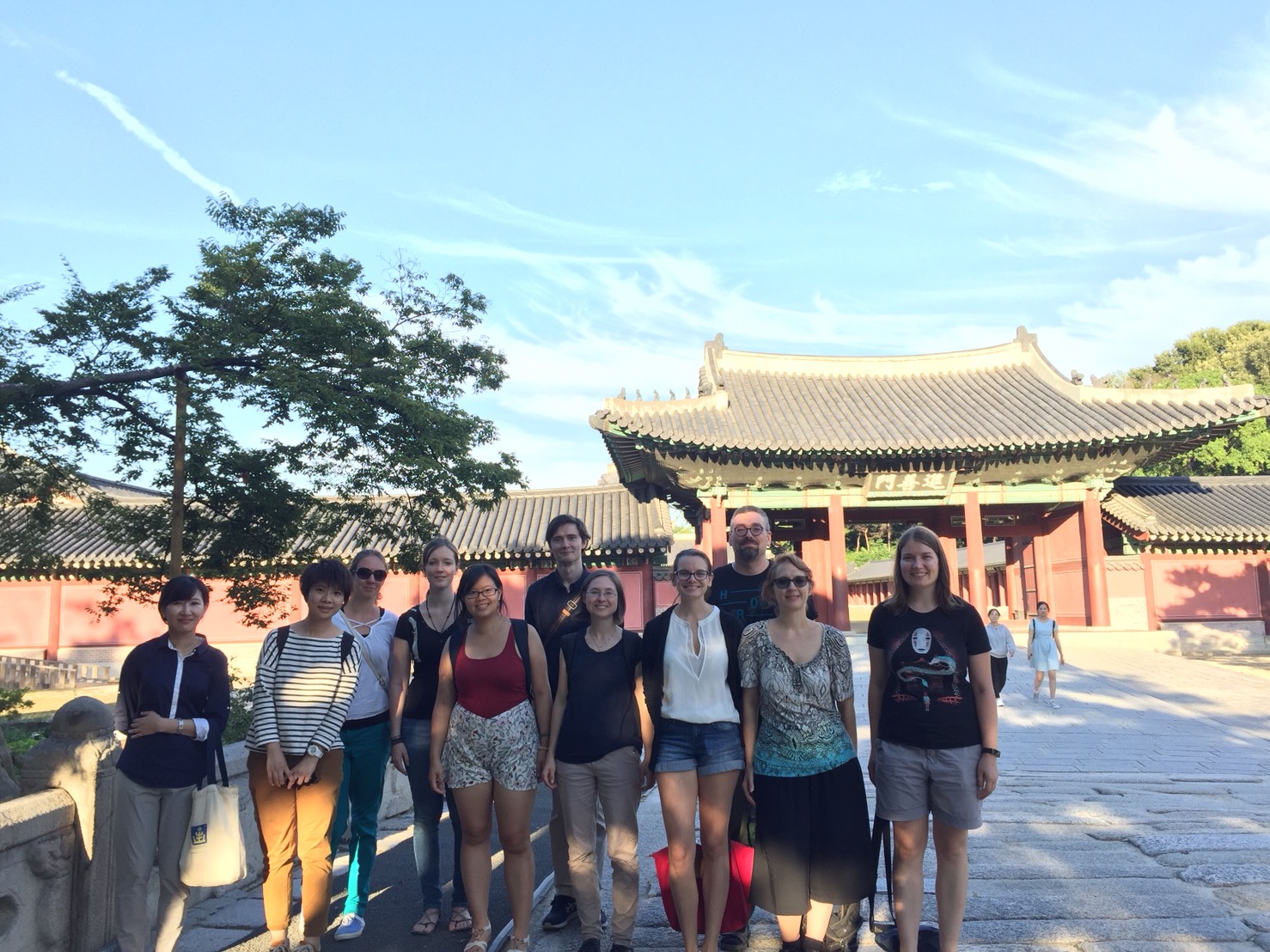
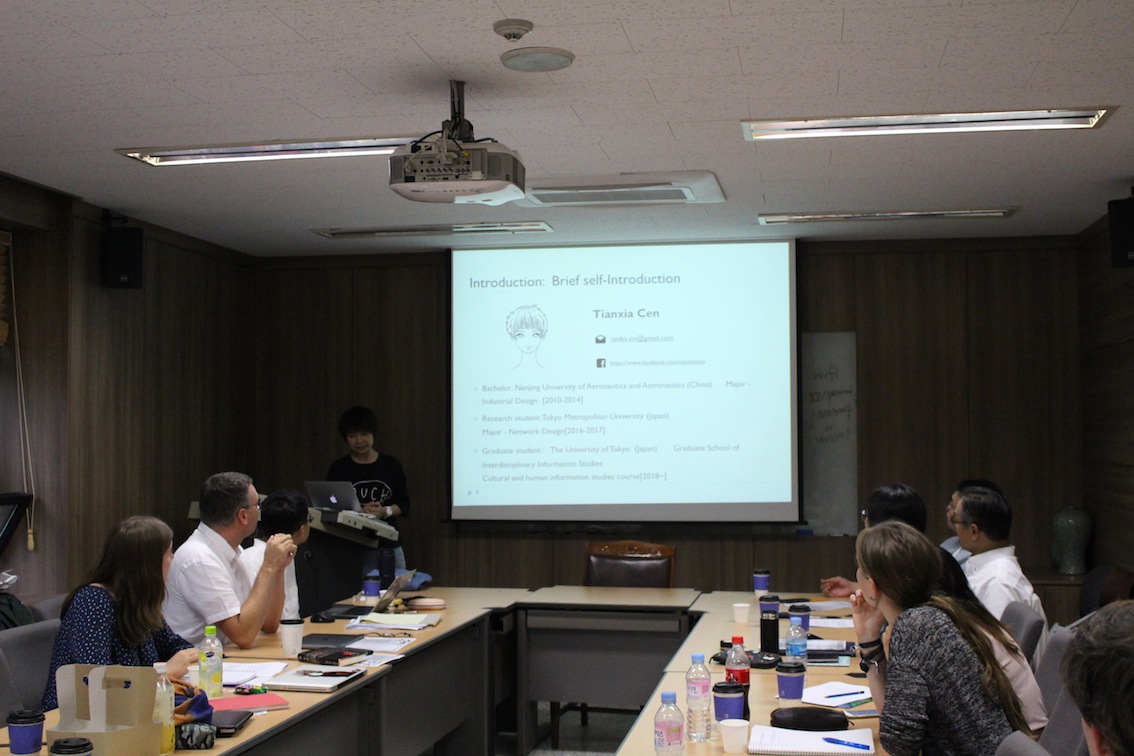
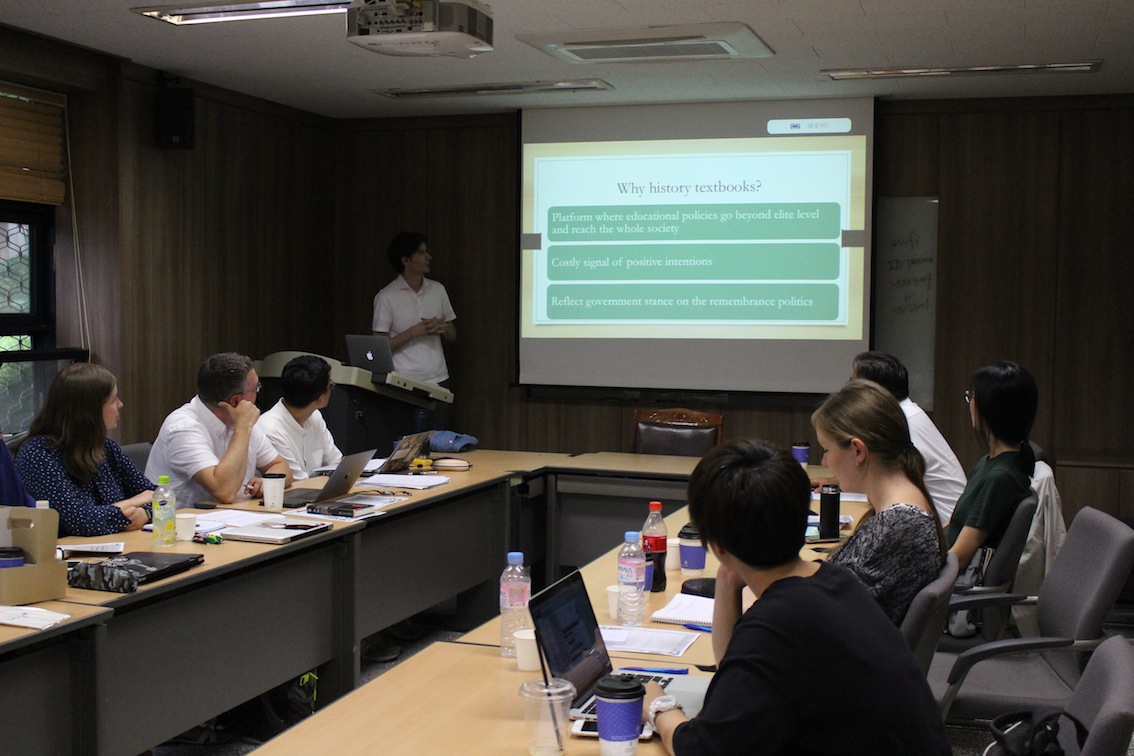
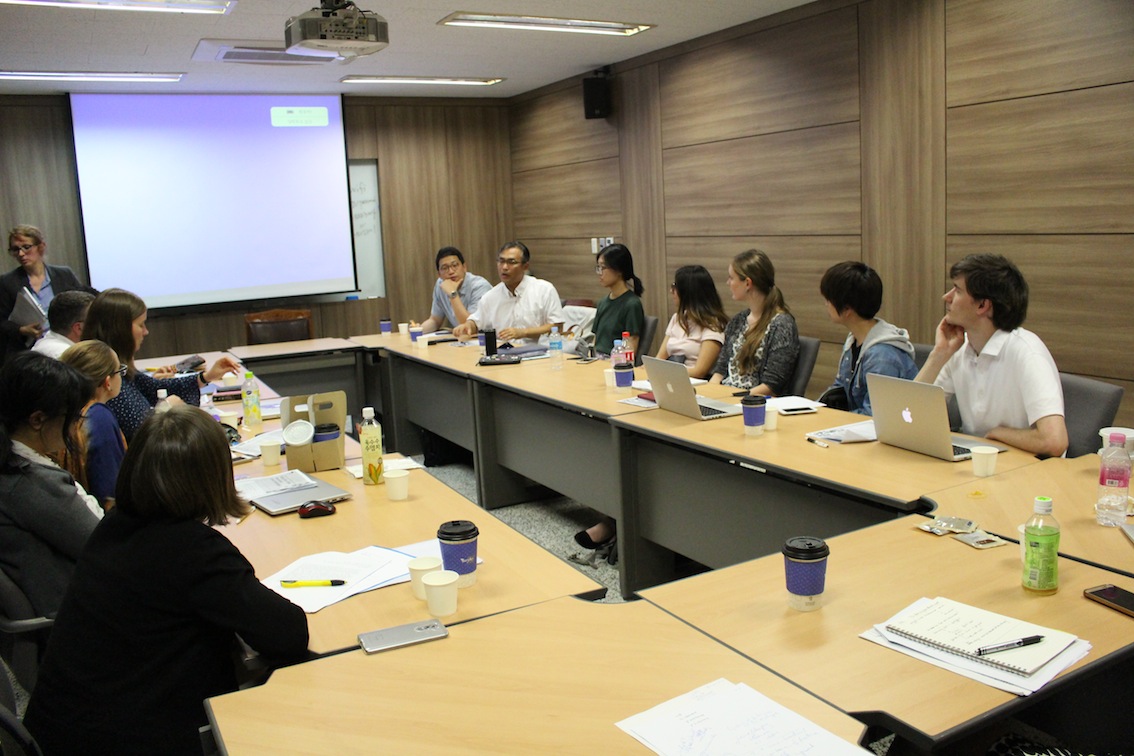
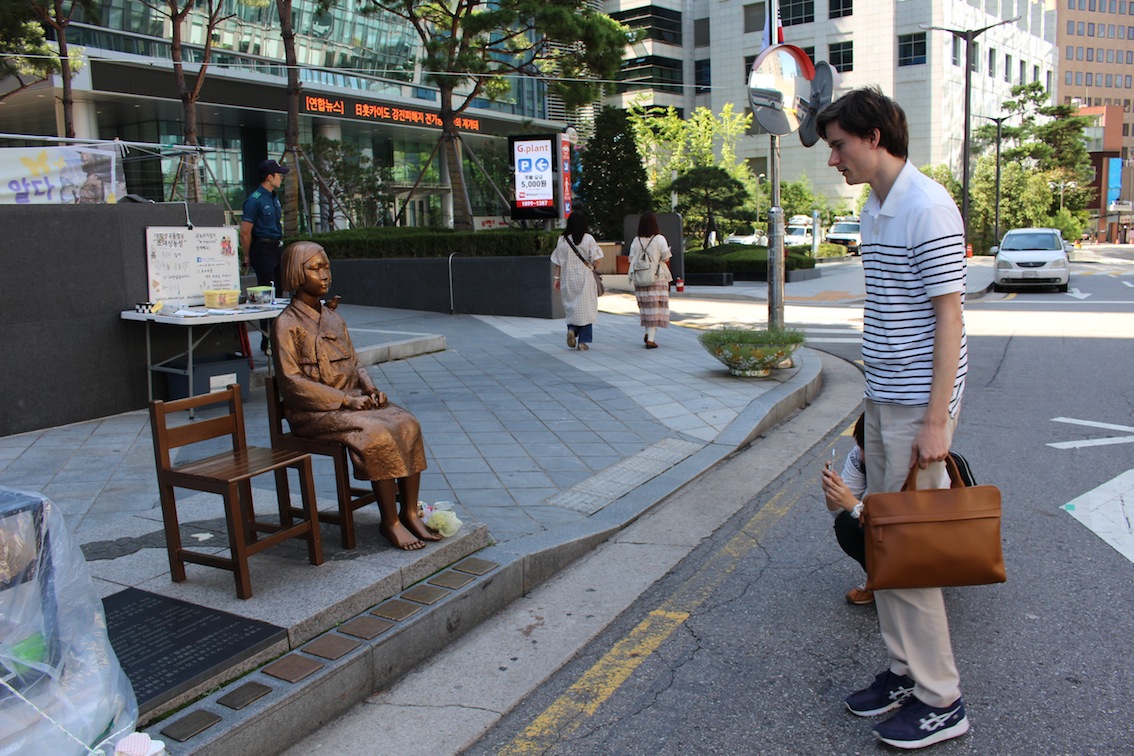
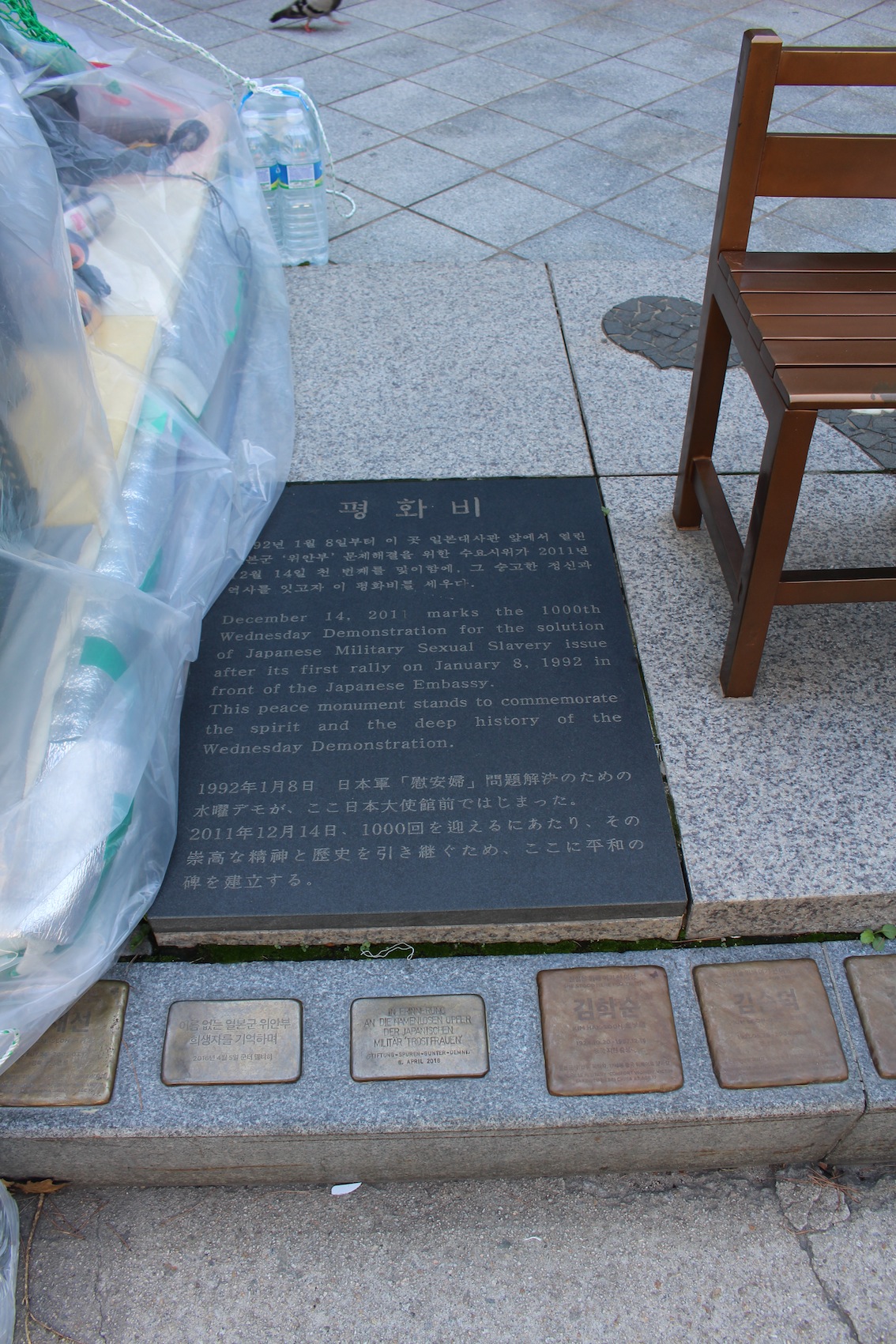
報告日:2018年9月21日


